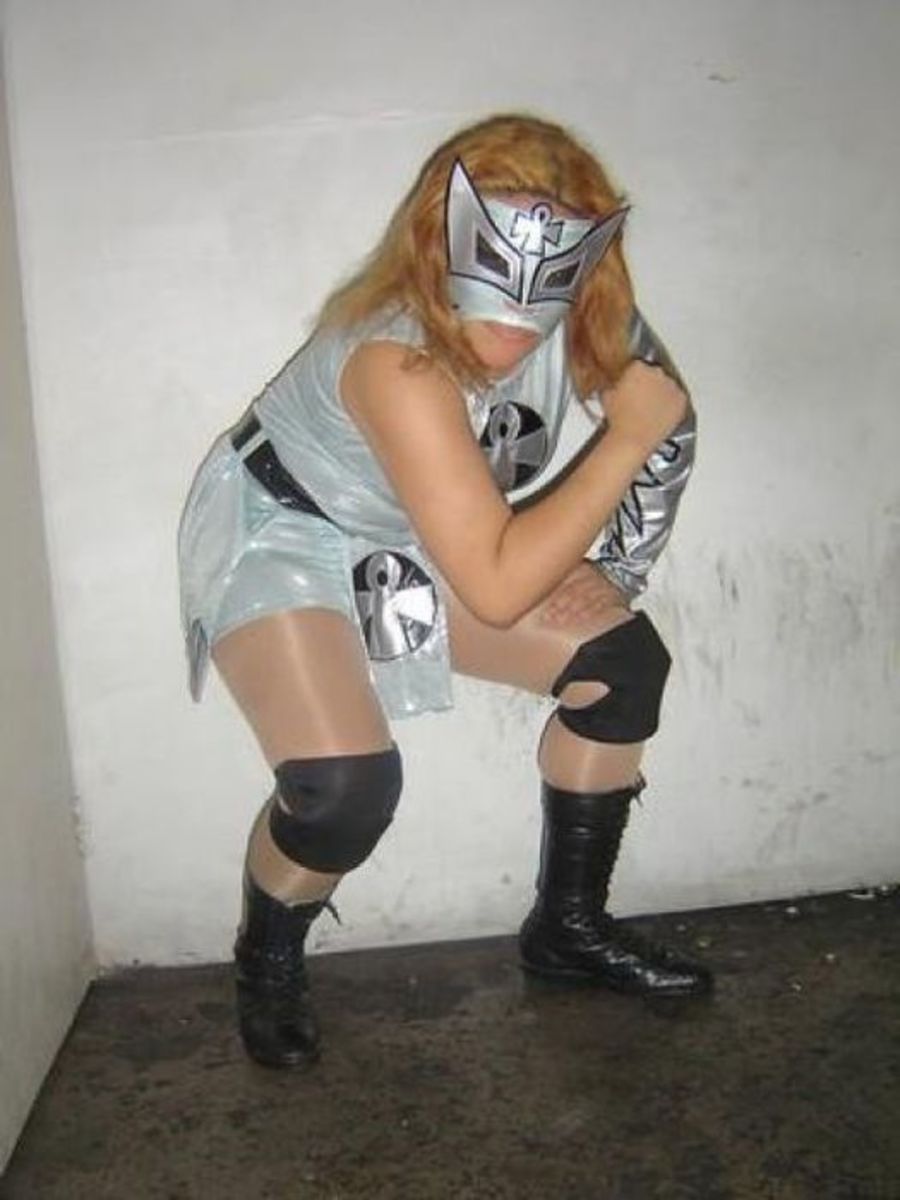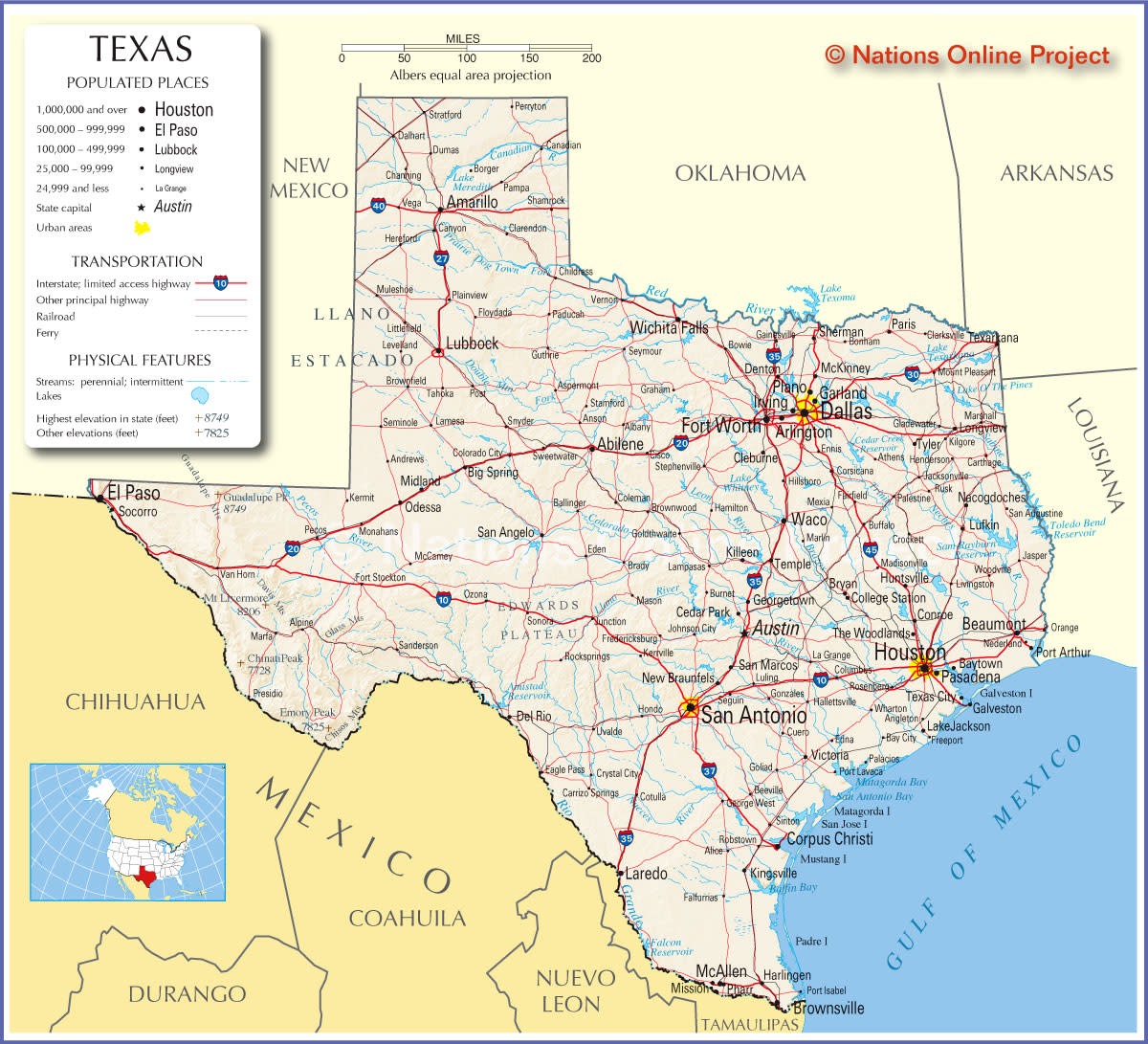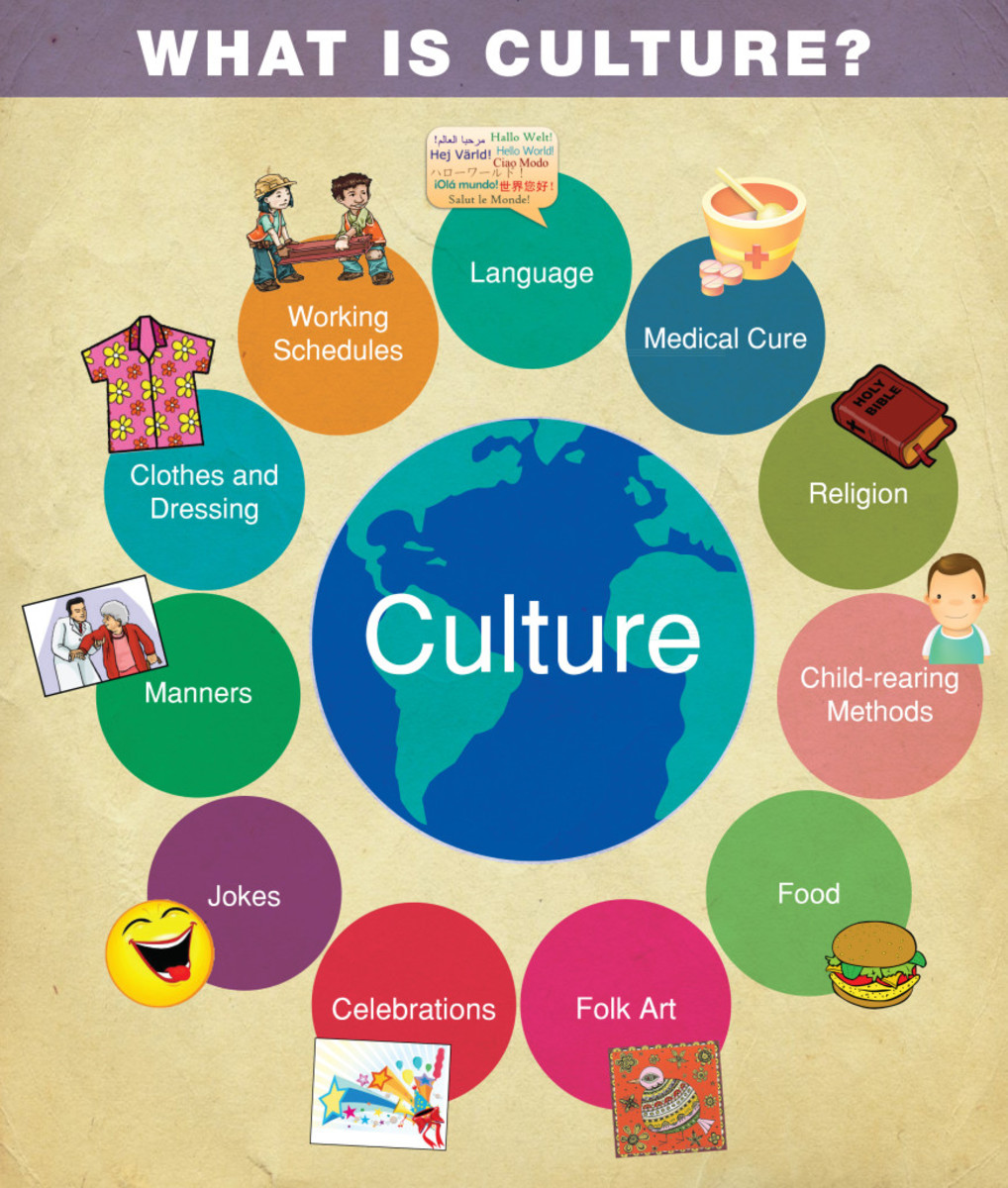Understanding Mexico and its People.
Only tourists get treated to the big hats and the drooping moustache.

The Language and its Nuances
Although Spanish is becoming a necessary and respected language in the USA, understanding the brown brothers just to the south has lagged behind the linguistic skills of many. Although the Mexico and Mexicans of Hollywood legend have been largely discounted: they are not lazy; don't spend all day under the sun in a large hat; don't all get legless on tequila, don’t wear six-shooters with crossed bandoliers and don't say "Hay, hay, hay," all the time. In fact, as are all the peoples of the world dictated by evolution, they want the same basic things out of life as gringos: 3 squares, a solid abode, a job and a family.
But having been under the thumb of cruel oppressors for 300 years - the Spanish and the Church - and more or less controlled by various dictators posing as elected politicians ever since, the Mexican does have many different nuances and shades in his personality which visitors do well to understand. In this hub, I am going to address some of them, based on my residency there for 20 years; my marriage to two Mexican women, and an overwhelming love for the land and its peoples (So much so, I have "Viva Mexico" tattooed on my right arm).
I said "love," so we will start with a few words on that very subject; one that is viewed with no little suspicion and cynicism "south of the border."
Love, Mexican Style.
Mexicans are probably a tad more realistic about love, and falling into such, than gringos. (Please note, I use the sobriquet "gringo" because it saves the confusion over saying Americans, or North Americans, because Mexicans are both, too, as well as...well, "Americans" as in Yankees).
Mexicans see love as being much more destructive than we do (Anglos). To love, in past times, exposed them to all sorts of harmful emotions: jealousy of their Spanish rulers and the rich Meztizos. And the proclivity of many women to follow power and money at the expense of spouse and even kids left them disenchanted.
They see society in general as sceptical of love and ready to punish those who fall under its spell. Mexican men use passion and romanticism to a dizzy height when attempting to seduce. They will often refuse to take "No" for an answer, even kidnapping the object of their desires and arranging a hasty marriage after the maidenhead has been torn asunder (ass-under?).
Curiously, this swashbuckling approach often has the desired affect in the young wife, who responds with passion and love herself, instead of calling the cops, as a woman in our society would probably do. Even the "in-laws" often approve, saying "Bueno, dices lo que dices, el es muy hombre!" "Say what you like, he is a real man."
This approach is not so common these days, but probably still goes on among the poorer sectors of society and where the man has some property.
The "big" love in Mexican society is within the family: the father for his sons (less for the daughters); the mother for her children and her mother. The wife takes on some of the characteristics of a chattel after the necessary passion has been expended. The man of the house may go on to acquire a lover (so might the woman, but danger lay here, traditionally...Mexican law even today gives more license to the adulterous man).
Mexicans are less prone to associating love with sex and shy away from becoming dependent on their mate.
There is a tendency for foreign men to be exploited by Mexican women (it's the only way they can justify the affair). And Mexican men will expect sex - and often money - from foreign women, who they may view as adventurers.
The Cabrón, (Goat!).
One of the most versatile words in the Mexican language is cabrón. It is also to be used with extreme caution by outsiders.
A man "wearing the horns," or cuckolded, is a "pobre cabrón!" (a poor old goat). In the past, a bloody revenge was expected by a jilted lover in this position. Close friends may call each other "cabrón." It took me all of ten years before I became comfortable using the term; I still do so diffidently, (along with "chinga tu madre!") the equivalent of "mother-f-----r" A “cabróna” is a strong word for a “bitch” And those who have a lot of cheek, or are asswipes, are “cabrónes.”
It has a few other nuances but the problem with cabrón, one never knows whether it is being used with grudging affection or a major slagging, so leave it out for the first ten years! Same advice applies to “chingada” (f---k) in all its guises (“ching, chingar, chinge, etc) and “puta” (whore) which also can be used as an expression of surprise, or in a derogatory manner.
The Charros
These are Mexico’s peaceful equivalent - and forerunners - of the gringo cowboys, or rodeo stars. They date back to pre-Colonial days in grand old Spain and came to Mexico with Cortez. When the cruel conquerors arrived with horses, Indians were not allowed to own or ride them for 100 years! Death was the penalty for breaking this rule. This gives you an idea of how they remained under the thumb of the Spanish overlords. Spanish men born in Mexico, the Criollos, became gifted horsemen, developing colourful attire, still used by the Charros today.
The Charros, more than bullfights, or the gringo rodeos, are family affairs, both for the performers and audiences. You may see kids as young as 5 on horseback (or pony back). A big Charro festival should not be missed and there are competitions between Mexican states.
The Ejidos (Communal land).
Little has caused more problems or consternation in modern Mexico than the law regarding common land. Huge tracts of mainly useless land for agrarian purposes was deeded to the peons, with restrictions on use and disposal, after the Revolution and Civil War (1910-1921). The plots were normally 20 hectares and were seen as enough for a dwelling, some corn plots, a few animals; all providing a subsistence for a family.
The Ejido Plan worked, more or less, until the last half of the last century, when pressure began to be put on the ejideros (land-leasers) to form cooperatives, or to part with the land illegally for vacation homes. Many gringos acquired land for a song like this, only to become mired in the courts for years as the administration tried to take the land back from them. (The gringos often employed lawyers who uses a variety of devices for them to continue to use the land, including amparos and chicanas to impede the course of justice). The truth was the edideros had no right to sell the land, nor the foreigner the right to own it...but justice can be bought in Mexico and often was.
Today, laws have eased regarding the disposal of ejido land and the whole system has crumbled, rather like the excellent council house system did in Britain after the ghastly Thatcher decided to privatize the dwellings, leaving poor Brits with no affordable rental accommodation today..
The Gringo.
Many and fanciful are the explanations of how “gringos” got their name. It began after the American invasion of Mexico in 1847, and was a very derogatory term for 100 years or so - rather like the word “Greaser” for Mexicans along the border.
How it has changed today. United States citizens seem to take an almost perverse liking to be called gringos and even to refer to themselves as gringos (as). Mexican men call US females “gringuita” with affection (or buerita...blondie).
No one really knows where the term began, but the most probable explanation is that is was an old Spanish word meaning “nonsense” which is how earlier Mexicans heard the foreigner’s tongues. It almost certainly has nothing to do with the song, “Green grow the rushes, o,” or the name for Greeks...Griego. Could it have been an English-speaking Mexican who began the term, telling some drunken visitors from the north laughing at his big sombrero to “Grin...and Go!?” Probably not.
La Policia and the “Bite”
There is no doubt the Mexican police, especially along the border towns and in Mexico City (especially) can be real cabrónes!
My own findings have been they are easy-going, friendly and just trying to shore-up their miserable official pittance with a few bucks by means of “mordida” or “the bite.” (Officially multas...fines).
The secret of doing well when running up against the law is FORGET ALL DRUGS AND ARMS IN MEXICO. Otherwise, for minor traffic offences, you will be expected to diplomatically and secretly pay a small bribe...maybe 10 or 20 bucks, tops. That doesn’t mean waving a sheaf of bills in the officer’s face and screaming, “OK, I know how it works in the darned place, take what you want!” You say. “Desculpame, señor official, puedo pagar la multa aqui?” “Forgive me sir, could I pay the fine here?”
Some will say, get on your high horse and insist in going to the police station and paying any fine legally there. That’s the correct way, I suppose, if you have all day and are prepared to pay more than you would have, or the arresting officer is asking too much. I have always paid the bite myself, and we have parted with friendship and dignity. Remember, a police officer in Mexico City gets about the same as a fast-food kid in the US...less, maybe, so the mordida is a big part of his salary.
I have some amusing memories of paying bribes. Once, the police having returned a number plate they had taken when I was parked illegally in Valle de Bravo, put the wrong plate back on my car. Another time I was legless in Rosarita and they confiscated my car and sent me to the hotel in a taxi. I went back the next day expecting to pay a fortune in bites only to be told, “Senor Roberto, the Comandante reads you articles in the GG, here is your car, no charge“...they had washed it, too and removed my wife’s vomit from the rear seat!” That’s the brutal, avaricious Mexican police for you...and why I am passionately, irrevocably and hopelessly in love with the country and its quirky and compassionate people.
More on this in a later hub.








